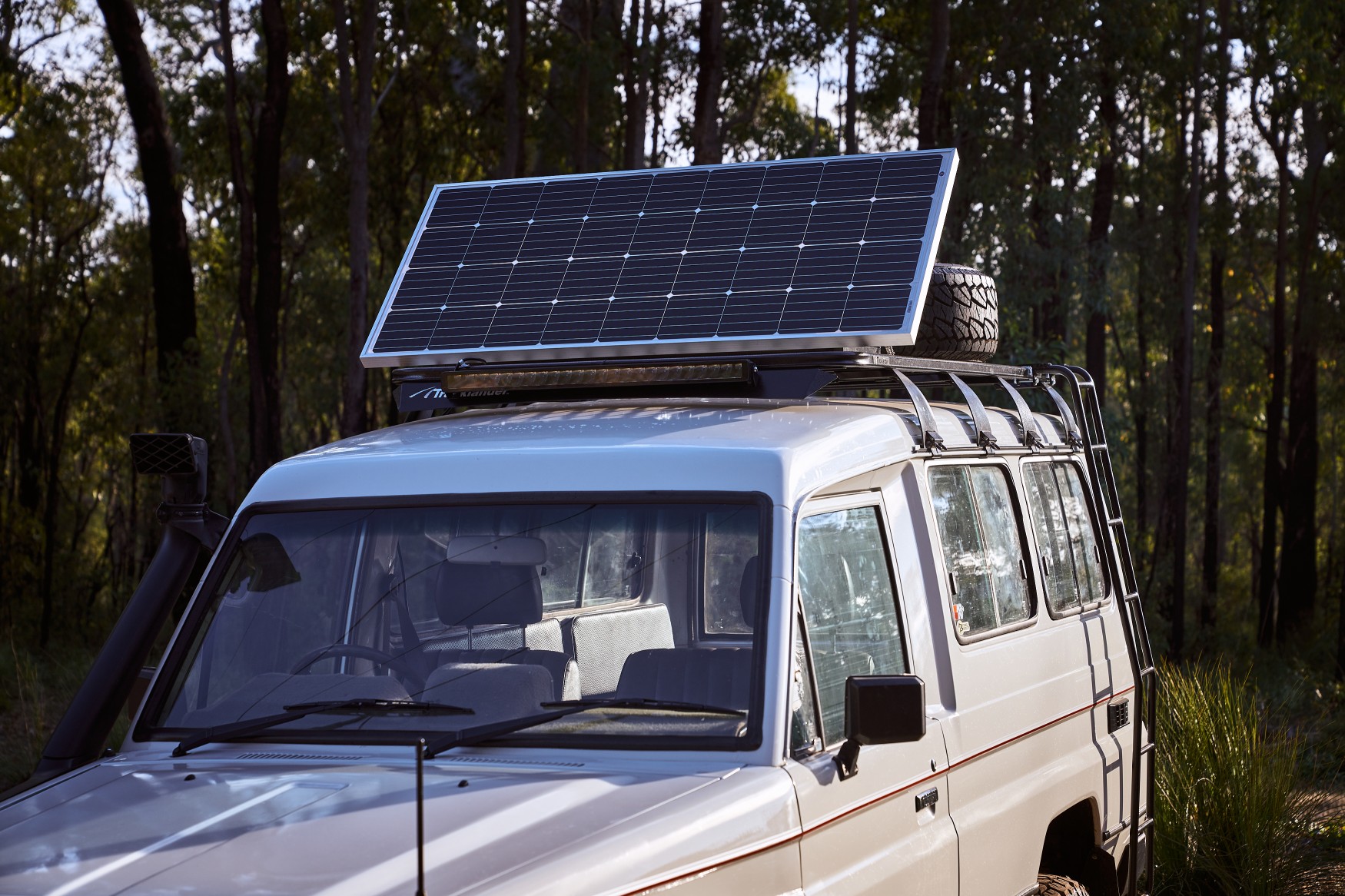Basic Things to Know about Roof Racks Sydney
If we have a 4WD, van, or recreational vehicle we probably see the advantages in having a roof rack. That extra load space afforded by a roof rack can prove invaluable. And sometimes it is the only way to carry large or wet items like surfboards or fishing rods.
As a roof rack is such a useful item, and long-term addition to the vehicle, we should make an informed decision about the best roof rack by learning as much as possible about the types and variations.
Fitting Style – This is how the rack attaches to the roof of the vehicle. Obviously, this is important as we don’t want to run the risk of the rack and its load coming loose.
Many years ago almost all cars had a roof gutter, which could be used to fit a lightweight roof rack. This was phased out as fashions changed. And it was never the best option to start with. At least the roof rack could be easily removed.
Some other lightweight roof racks attach to the joint where the top of the car door meets the roof. This was an inexpensive option for generic roof racks on small cars, but not for serious roof racks of 4WDs. Fine for carrying a surfboard, but not heavy loads.
Roof rails are on many modern cars, especially on 4WDs. These are rails that run along the side of the roof. They make it easy to mount bars and roof racks that run across the roof. If your vehicle has these it is easy to fit a roof rack and detach it when not in use.
Custom racks – This is the best option, a roof rack designed and fitted to the specific model of vehicle. The only disadvantage is that the rack is permanent, and cannot be removed when it is not used.
Considerations for Roof Racks Sydney
Bar width – The bars of the roof rack may overhang the section where the rack connects to the roof. This has some advantages, like providing points to tie down the load. It also makes the rack slightly wider, to help with larger loads. This overhand should not be wider than the vehicle itself, lest it becomes a safety issue.
Air resistance – The roof rack will cause some drag. This can be as high as 3 newtons, or 1 newton for a good aerodynamic design. This drag will increase fuel consumption, with the aerodynamic design causing the least change. So an aerodynamic design will save money in the long term.
Loads on Roof Racks Sydney
There are three general load ratings for roof racks.
Motion – This is the maximum weight that a vehicle can carry on the roof when driving on a road. It is the combined weight of the roof rack and the load it carries. 100kg is about normal for a 4WD.
Off-road Motion – When we travel on dirt roads the vehicle is being pushed harder, and not always sitting on a flat surface. Under these conditions, we should reduce the weight on the roof rack. About 2/3 of the normal rating (perhaps 60kg) is normal for off-road travel. We should also try to keep the load as low as possible.
Static capacity – When the vehicle is parked it can take more weight on the roof rack. For example, a 50kg roof tent is fine when the vehicle is driving. And it is fine to have a much higher weight when two people sleep in the tent while the vehicle is parked.
4WD Roof Racks in Sydney
A custom roof rack means the best load capacity and best aerodynamics for a vehicle. Tracklander designs last for years.





